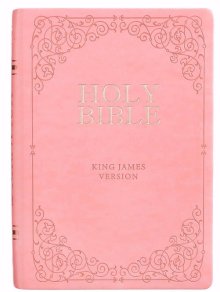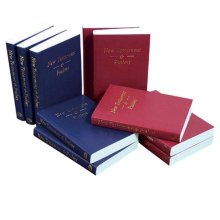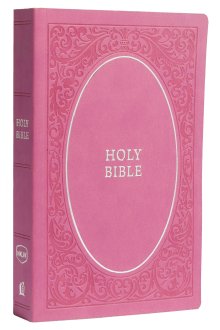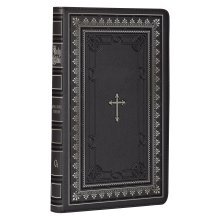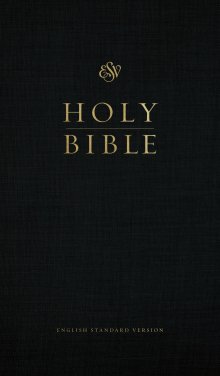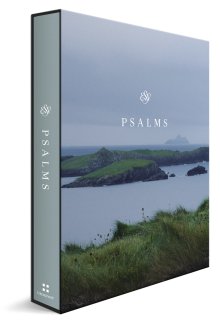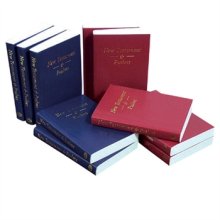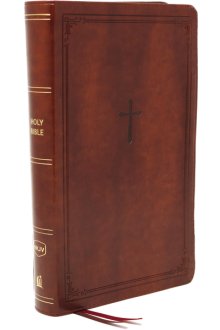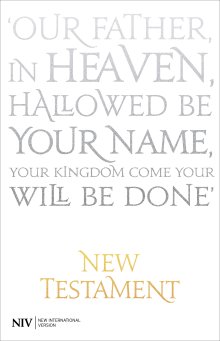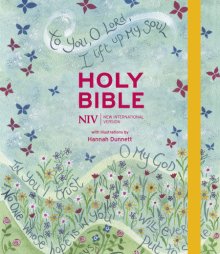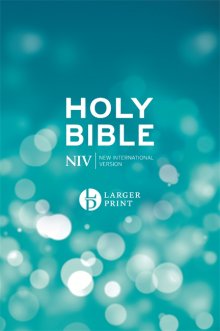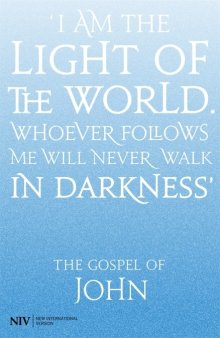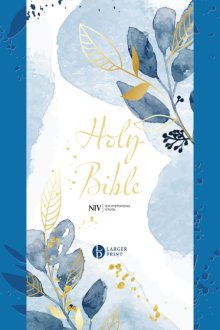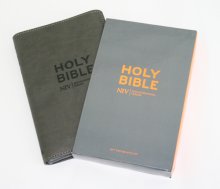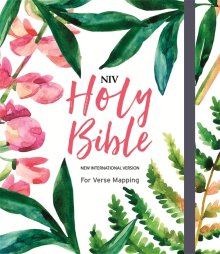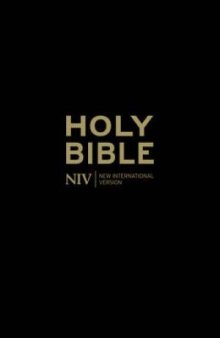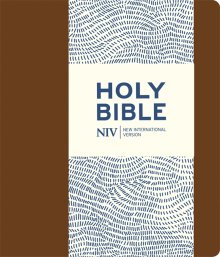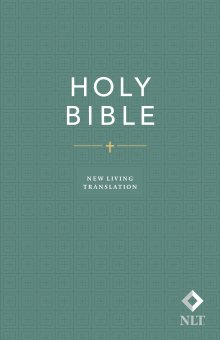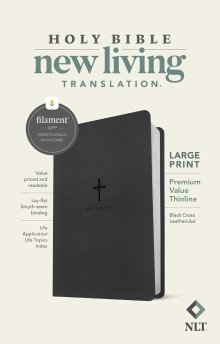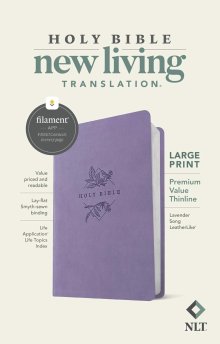The Bible Translation Spectrum Explained: Which Philosophy Is Right For You?
The Editor
Estimated Read Time: 6 Minutes

Choosing a Bible can be confusing because you're faced with an entire alphabet soup of translations: NIV, NLT, ESV, KJV, NKJV, and more. They all contain the same 66 books, but why do they sound so different?
The reason is simple: every Bible translation is guided by a specific translation philosophy—a rulebook that tells the translator whether to focus on the original wording or the modern meaning.
Understanding this Bible Translation Spectrum is the single most effective way to choose the perfect Bible for your unique needs. This guide will walk you through the three main philosophies, helping you decide which approach is right for your study, devotion, or gift-giving.

In Short:
The Bible Translation Spectrum defines translation philosophies from Word-for-Word (Formal Equivalence), which is best for academic study, to Thought-for-Thought (Dynamic Equivalence), which is best for easy understanding, with balanced translations like the NIV in the middle.
1. The Left Side: Word-for-Word (Formal Equivalence)
This philosophy prioritises literal accuracy. Translators working on this end of the spectrum aim to reproduce the grammar, vocabulary, and sentence structure of the original Hebrew and Greek manuscripts as closely as possible.
Key Features:
- Goal: To maintain the form of the original text.
- Result: Highly precise and accurate for deep, scholarly study.
- The Trade-Off: The language can sometimes sound less natural, more complex, or even awkward to a modern English reader because ancient grammatical structures are preserved.
- Best for: Pastors, seminary students, deep academic study, and word studies.
- Examples: NASB (New American Standard Bible) and ESV (English Standard Version).
The Top Word-for-Word Recommendation:
2. The Middle: Balanced Equivalence
The balanced approach attempts to get the best of both worlds. Translators here allow the original form to guide them, but they are willing to adjust the English structure to ensure clarity and smooth reading when the original rendering would be confusing.
Key Features:
- Goal: To balance the form and the meaning.
- Result: A highly versatile translation that is reliable enough for serious study but readable enough for devotional life.
- The Trade-Off: While clear, it may occasionally sacrifice a literal word order for the sake of English flow.
- Best for: General readers, following along in church, new believers, and versatile daily use.
- Examples: NIV (New International Version) and CSB (Christian Standard Bible).
The Top Balanced Recommendation:
3. The Right Side: Thought-for-Thought (Dynamic Equivalence & Paraphrase)
This philosophy prioritises clear communication and ease of understanding. The primary focus is making sure the modern reader immediately grasps the intended message or idea of the original author.
Key Features:
- Goal: To maintain the meaning of the original text, sometimes at the expense of its structure.
- Result: Smooth, natural, easy-to-read English (often with a lower reading level).
- The Trade-Off: The translator takes more liberties with interpretation, meaning these versions are not suitable for technical study where word-for-word accuracy is needed.
- Best for: Daily devotional reading, new believers, young readers, and people looking for a fresh perspective on a familiar passage.
- Examples: NLT (New Living Translation), GNB (Good News Bible), and The Message (a paraphrase).
The Top Thought-for-Thought Recommendation:
The Final Verdict: Which Philosophy is Right for You?
To choose your perfect Bible, simply match your goal to the philosophy:

Remember, there is no single "perfect" translation. The best Bible is the one that best helps you read, understand, and apply God's Word every day.
Still feeling overwhelmed by the options? Our FREE How to Choose Your Bible ebook simplifies the entire process. Download your free copy today!
Latest Blogs

Bible
The Bible Translation Spectrum Explained: Which Philosophy Is Right For You?
NIV vs. ESV vs. NLT: What is the difference? We explain the Translation Spectrum (Word-for-Word vs. Thought-for-Thought) to help you choose the right Bible for study or devotion.

Bible
50 Beautiful Bible Names for Girls & Their Meanings (2025)
Looking for Bible names for girls? Discover 50 beautiful, meaningful names like Sarah, Eden, and Selah, and find the perfect Christening gifts to match.

Bible
50 Strong Bible Names for Boys & Their Meanings (2025)
Looking for Bible names for boys? Discover 50 strong, meaningful names like Noah, Asher, and Caleb, and find the perfect Christening gifts to match.

Advent Devotional
The Story Behind Eden's Advent Devotional - Hope in Every Voice
Anna Hockley shares the heart behind this year's Advent Devotional - Hope in Every Voice.
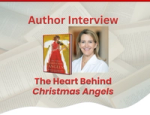
Advent Devotional
The Heart Behind Anne Neilson's Christmas Angels | Author Interview
Anne Neilson shares the story and heart behind her new Advent devotional - Christmas Angels.
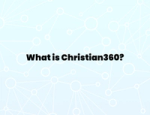
Christian360
What is Christian360?

